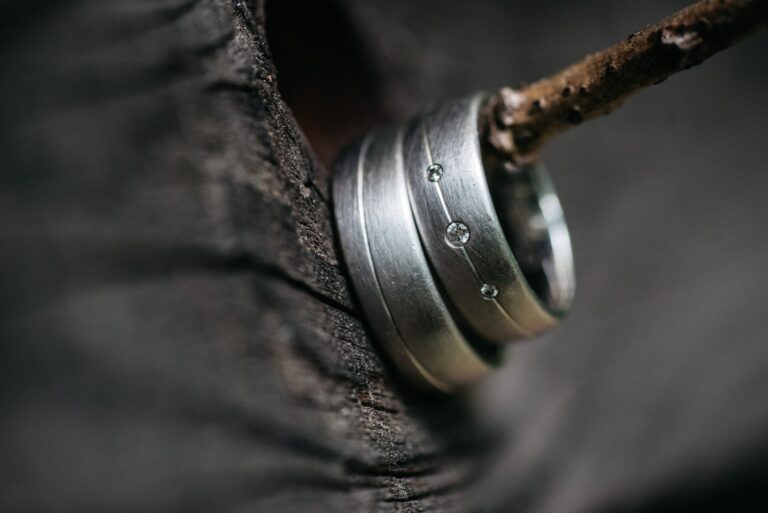Are you tired of coming home to find your house in disarray from your pup’s latest escapades? Crate training with a dog crate is an easy and effective way to help your pup learn manners and stay safe while you’re away. With the right tools and some patience, you can have your pup happily settled in the dog crate in no time. Keep reading to learn how to successfully crate train your dog.
Gather the materials needed.

It’s essential to have all necessary items ready before attempting to crate train your dog. The first item needed is a dog crate that fits your dog properly; it should be large enough for them to stretch out and turn around, but not so big they can use one end as a bathroom or bedroom. You may also want to consider padding the bottom of the kennel with something washable like a blanket or towel or purchasing a mat made specifically for dog crates. Additionally, you’ll need treats and/or toys that are only used during dog crate training sessions—these items should be special rewards that help make going into the kennel feel like fun!
Follow a schedule for feeding and potty breaks.
Following a schedule for feeding and potty breaks is an essential component of crate training your dog. This practice will help establish a routine that will help your dog learn when it’s time to eat, rest, and go outside. A schedule should be established as soon as possible after you bring your dog home so it can adjust quickly to its new environment. Start by taking them out every hour or two during the day, then gradually extend the amount of time until you reach four hours between outings. It’s essential to take them out at least once during the night so they don’t have any accidents inside their crate if possible. When it comes to meal times, try providing food in intervals such as three small meals throughout the day instead of one large meal at once. This helps with digestion and prevents over-eating which can lead to health problems later on down the road.
Use verbal cues and praise during training.
Using verbal cues and praise during training is a key component in crate training your dog. Verbal cues are simple, one-word commands that can be used to direct your dog’s behavior while they’re inside the crate. Examples of these commands include “inside,” “bed,” and “stay.” Whenever you give one of these commands, it should always be followed by a treat or verbal praise, such as saying “good job!” or giving them a pat on the head, so your pup associates positive reinforcement with the command itself. This will help them remember and respond more quickly when given those same cues in the future. Moreover, using verbal cues instead of physical ones, such as pointing, helps keep distractions to a minimum while teaching your pup their new behaviors inside the crate; this also means fewer opportunities for confusion on their part if you consistently use words like “inside” every time you want them to enter their crate rather than relying on gestures alone.
Don’t leave the puppy unattended in the crate for too long.

When crate training your dog, it’s important to not leave them unattended in their crate for too long. Dogs are social creatures and need companionship and stimulation just like humans do. Keeping a puppy crated for extended periods of time can lead to feelings of isolation, separation anxiety, or behavioral issues such as barking, whining, or destructive behaviors. It’s best to limit their time in the crate during the day when you’re at home and available for interaction with your pup. If you plan on leaving your pup alone in the house while you go out for any length of time ensure they’ve exercised enough before being put into their crate so they’ll be calmer when left alone. The American Veterinary Medical Association recommends that puppies should not stay in crates longer than four hours without a break.
Overall, crate training your dog is an essential part of responsible pet ownership. It provides a safe, comfortable environment for your pup, helps you better understand their behavior, and can even aid in housebreaking. With patience and consistency, crate training can have long-lasting benefits for both you and your furry friend.





